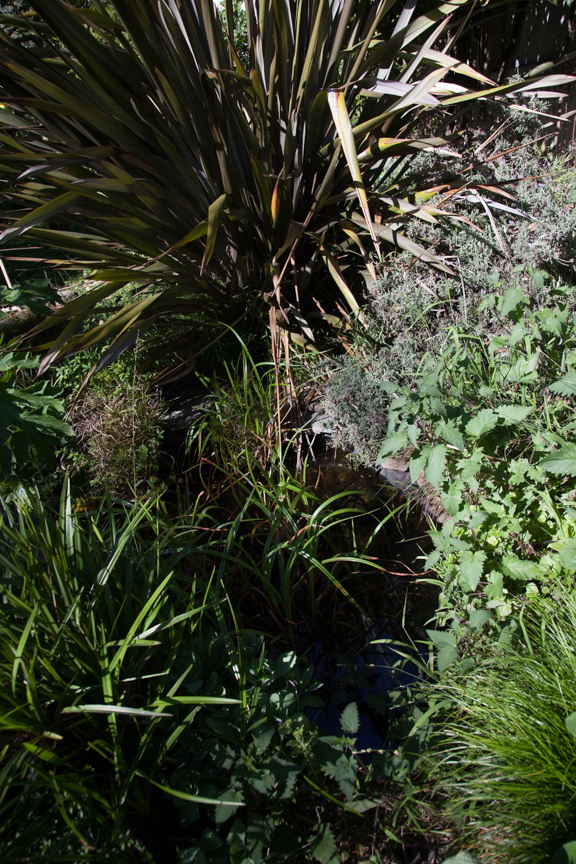
My backyard pond has gotten overgrown but this is what the frogs like best. I’d love to get rid of the big flax plant in the back (it’s not native) but the frogs hide out in it and stay safe from the marauding coons.
Last week I got a lot of interest in my backyard frog pond posting so I thought I’d elaborate with more photos and information. Having a backyard frog pond is a really a fun way to bring nature into your life. There’s nothing like the sound of frogs in the spring and who would have thought it possible to have have frogs in San Francisco? If it can happen here, it can probably happen in your backyard. It’s really not that difficult to set up, the main thing to remember is you’re creating a habitat, not just a pond.
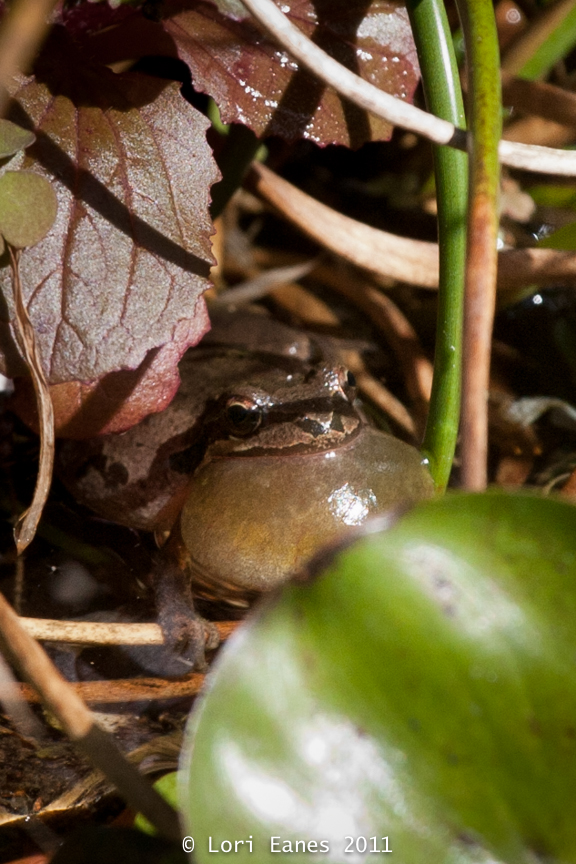
- Here’s what a Pacific Chorus frog looks like singing his heart out. As loud as they are I rarely see them, they are tiny and they like to hide.
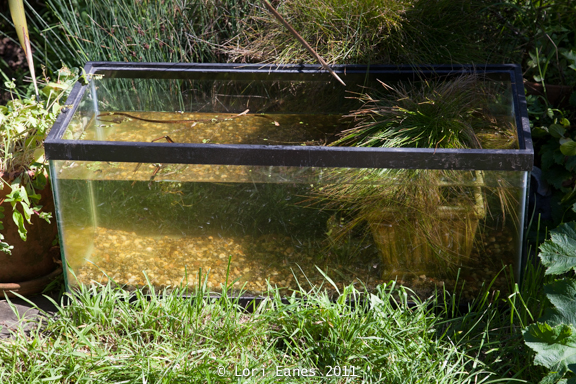
Here’s the 30 gallon aquarium that I put some of the tadpoles in every season to ensure the raccoons don’t eat them all. I have a wire cover that I secure with heavy rocks.
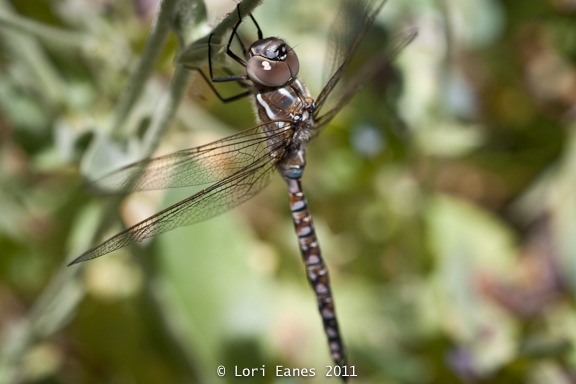
Ponds also attract dragonflies that are nice to have around. One of their favorite foods is mosquitoes.
The key to a successful habitat is providing a healthy natural environment that has everything your frogs need to survive. You may wonder why grow native plants–won’t any pond plant do? The best reason to grow natives is because they have evolved along with the local animals and are perfectly adapted to each other. They are made for your particular weather conditions, soil and seasons. Natives attract the right bugs, birds and animals that live in your area and they naturally provide them with food and shelter. They are low maintenance and require little fertilizer, pesticides, or even attention. It’s true the water loving native pond plants will need you to water them unless you have a naturally wet backyard, but they will be easier to grow and less invasive than other plants you find a nurseries. I learned the hard way to stay away from water hyacinth and duckweed, two nasty invasive plants that will choke the life out of anything else that wants to live nearby.
Here are some easy to grow natives…
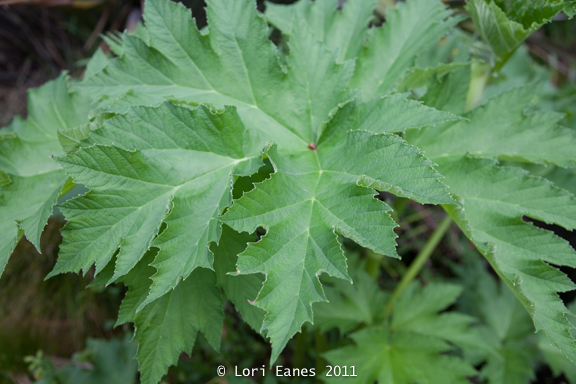
Cow Parsnip a perennial that has giant 12″ leaves and flower stalks that can get 8′ tall. It’s easy to grow and can tolerate dry or wet conditions.
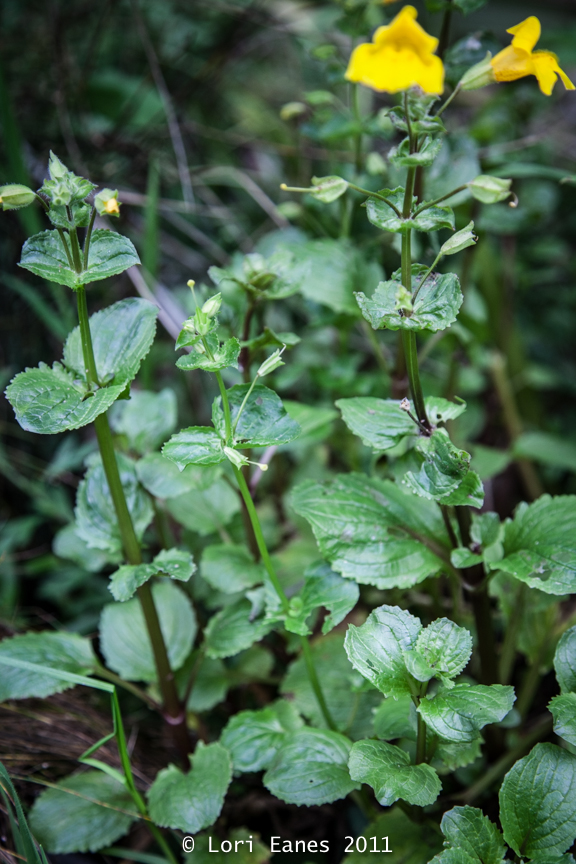
Monkeyflower (mimulmus guttatus) likes to have wet roots. I grow it in pots around the pond. It spreads easily and has yellow flowers.
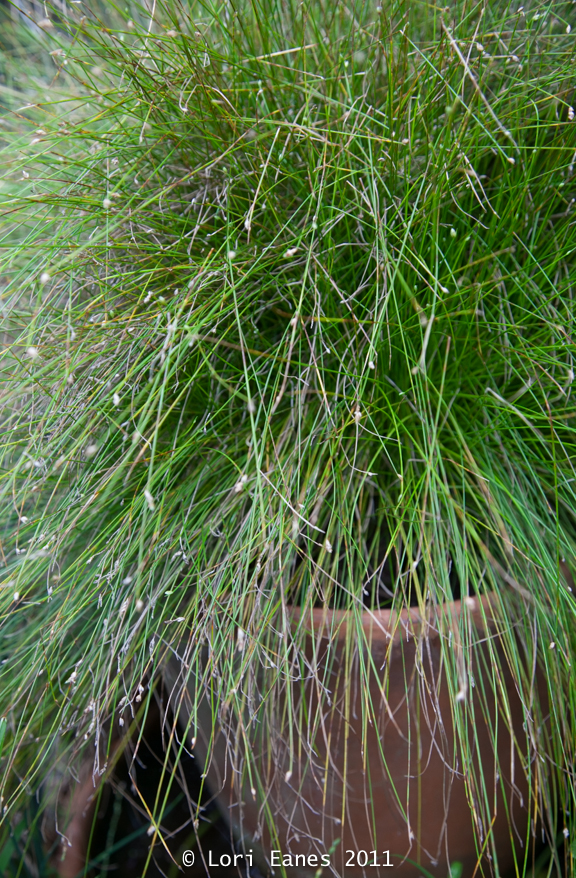
Scirpus is another native that likes to have wet roots. You can put it right in the pond or in pots around the pond.
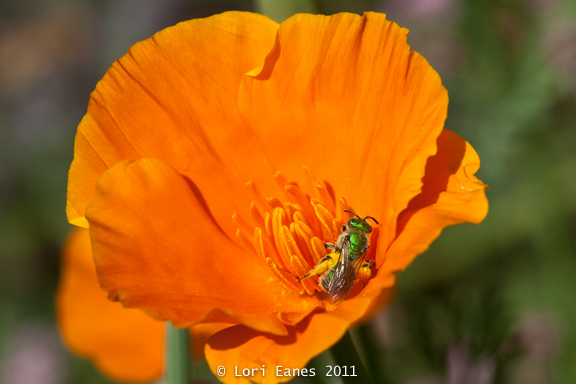
Here’s a reason to plant natives: You’ll attract crazy bugs like this native Green Sweat Bee on a California poppy.

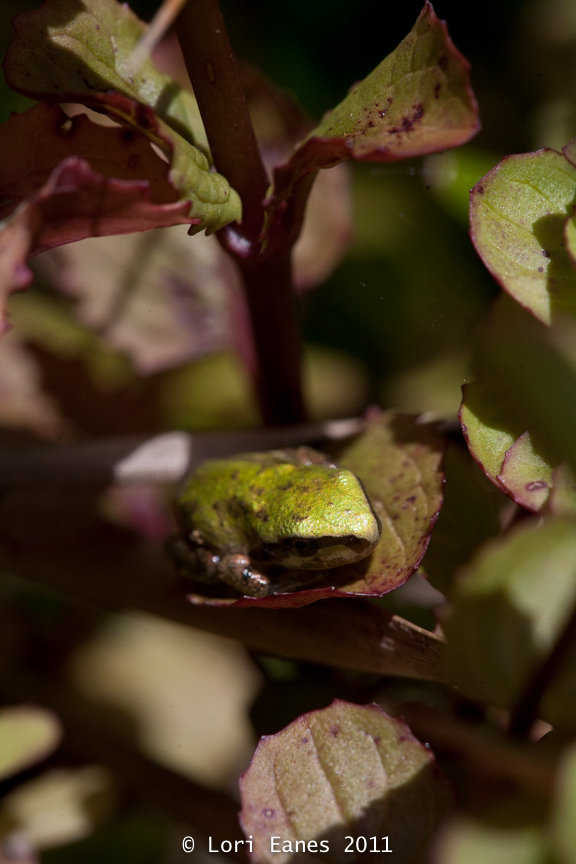
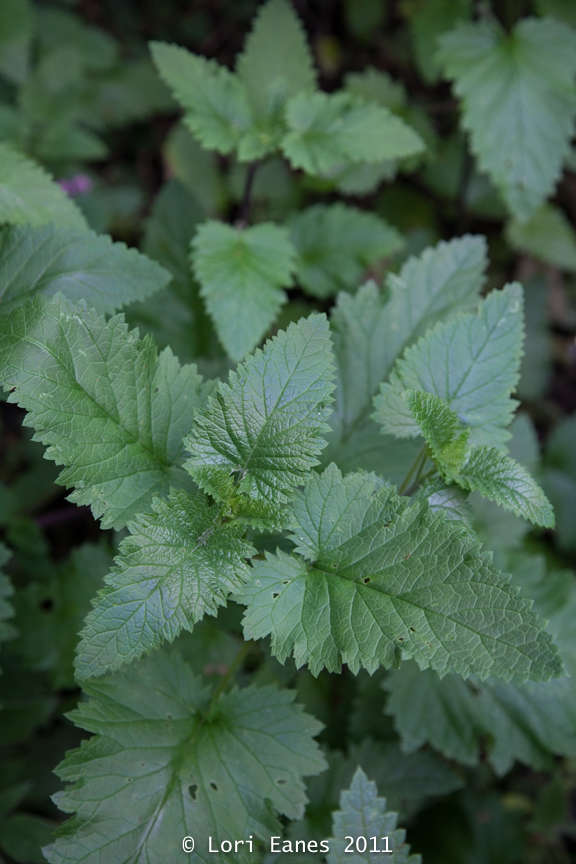
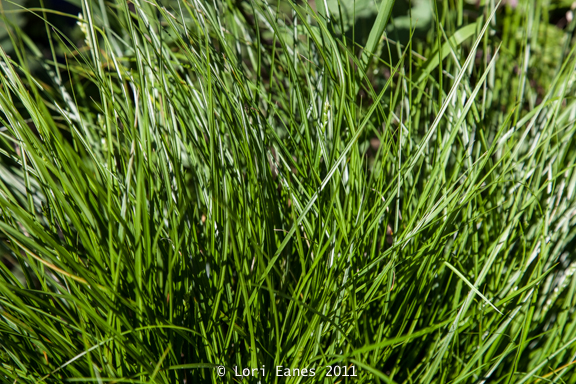
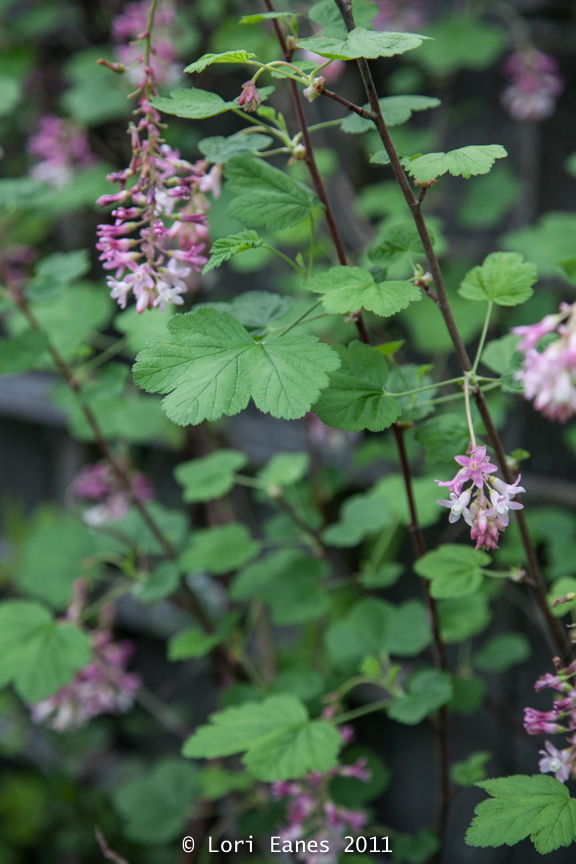

Lori, do you do anything to control algae? And, do you top up your pond with regular tap water, or do you have to mix in any cleaning chemicals?
Thanks!
Hi Aneela, I have a problem of duckweed, that grows across the top of the water so I don’t have much of a problem with algae. (I’m not sure which is worse) I end up constantly cleaning the duckweed off the top. I have a rain barrel that I use for the pond so I only add tap water when the rain water runs out. When I have to use tap water I always add cloramine remover because plain SF tap water contains cloramine and it will kill tadpoles. You can buy it at pet stores and you just add a little bit with the water as you fill the pond. The tadpoles are growing slowly but I want to give you some soon–how about early June?
Thanks Lori. I’ve been thinking of getting a native duckweed that I think is called duckweed fern. I’ve seen it for sale at Berkeley Horticultural. I think that would look better than algae at any rate. Duckweed didn’t quite take in my pond.
Can’t wait to welcome the tadpoles into our pond…let me know when they are ready!
Hi! I live in Vacaville and have a new pond. Where did you get your native frogs? The only things in the water ways around here are tree frogs and bull frogs. Mosquito fish in the water ways have seemed to destroy all native fish and frogs! This is so frustrating. I love frogs. 🙁
Hi Jennifer,
I got my native Pacific Chorus frogs from another backyard pond. The frogs were originally from San Francisco and after a few years of getting tadpoles from my friend they eventually have become self-sustaining. You may have to get a few from a nearby pond–the tree frogs are probably native Pacific Chorus frogs. It helps to have lots of vegetation around and in your pond for the frogs to hide in and to keep trying. Raccoons are a big problem. I agree Mosquito fish are terrible for tadpoles. I use Mosquito dunks to make sure I don’t get any mosquitoes. The dunks are very safe. Good luck with your pond. It’s great that you are setting up a frog pond. I’m listening to the chorus of them tonight and enjoying it! Please let me know if you have any other questions—I will try to help you!
Frog pond is good to see. Pond is like ornament of nature Pondpro2000 helps them to keep them beautiful.
Hey Lori-
So excited to come across this post as I’m planning to put a small pond in the backyard by spring. Thank you for the photos and recommendations! I noticed your response to Aneela above – do you sell tadpoles in the spring? I’m over in Oakland and want to be sure to find native tadpoles from the right source.
Thanks for sharing your great information here.